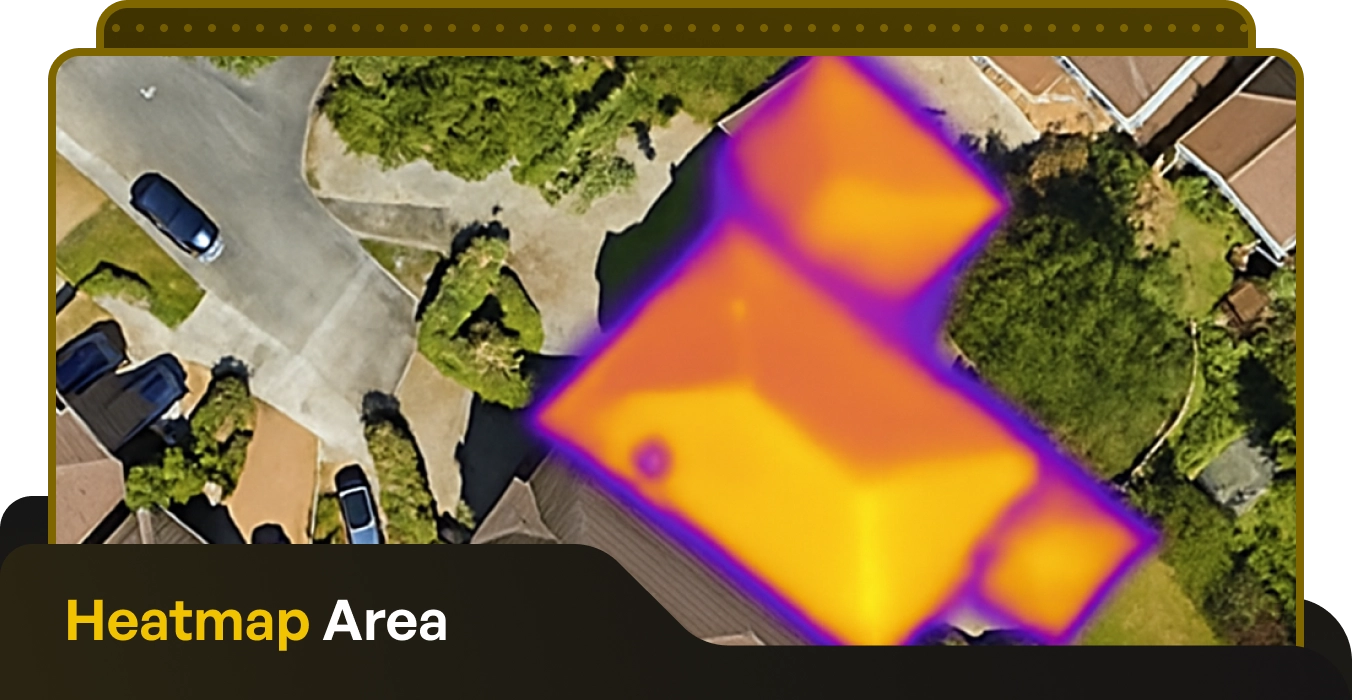The Importance of Blanket Bog Restoration in Ireland

Written by: Michael Malone
Published: October 3, 2024
Last updated: October 8, 2025
Reading time: 6 mins
With environmental issues becoming increasingly important, attempts are being made to return Irish bogs to their natural state, with conservation initiatives like the Active Blanket Bog Restoration Project. Preservation efforts such as this are among the most important environmental initiatives, as blanket bogs act as vital storage containers for large amounts of carbon.
The West of Ireland is home to some of the largest intact areas of active blanket bog in all of Europe. Blanket bogs are wild areas formed of peat soils, which formed over thousands of years partly from the decomposed remains of plants. ‘Active’ refers to a blanket bog that is still peat-forming or still growing. Among the last intact active bogs in Europe is Owenduff bog in Co. Mayo, part of the Wild Nephin National Park.
Efforts have been made to make more use of blanket bogs in the past. Forestry was seen as something that would boost the local economy in remote areas where blanket bog cover is extensive, and conifer species such as sitka spruce and lodgepole pine were planted in peatland areas. However in some cases, especially on very wet bogs, these efforts to establish commercial forestry failed as the trees did not grow well.

The bog restoration project is funded by the European Union and the semi-state forestry agency, Coillte. It is one of a number of successful projects and programmes aimed at enhancing biodiversity, in addition to policies designed to reduce our reliance on fossil fuels – such as incentives for solar panels in Ireland. There are 4 sites covering 1,212.3 ha in the bog restoration project consisting of unplanted, partially or wholly afforested blanket bog habitat.
Many project sites are located in north Co. Mayo, where the full range of blanket bog types occur from lowland to mountain blanket bog. Most of the bog here also lies within sensitive river catchments, i.e. where water quality is very high. This means that the protection of watercourses is an important consideration. The Active Blanket Bog Restoration Project aims to achieve the restoration of blanket bog at selected sites owned by Coillte.
Restoration Locations
- Cappaghoosh, Co. Galway
- Garrane, MacGillycuddy’s Reeks, Co. Kerry
- Dromalonhurt, MacGillycuddy’s Reeks, Co. Kerry
- Pollagoona, Slieve Aughty, Co. Clare
- Emlaghdauroe, The Twelve Bens, Co. Galway
- Bellaveeny, Nephin Beg, Co. Mayo
- Eskeragh, Crossmolina, Co. Mayo
- Eskeragh, Crossmolina, Co. Mayo
- Owenirragh, Glenamoy, Co. Mayo
- Glencullin Lower, Bangor-Erris, Co. Mayo
- Shanvolahan, Crossmolina, Co. Mayo
- Shanvolahan, Crossmolina, Co. Mayo
- Croaghonagh North, Barnesmore Gap, Co. Donegal
- Carrick Barr, Lough Golagh, Co. Donegal
- Sessuegilroy, Ox Mountains, Co. Sligo
- Slieve Blooms, Co. Laois
- Corravokeen, Co. Mayo, Extension Site
- Derry, Co. Mayo, Extension Site
- Kingarrow, Co. Donegal, Extension Site
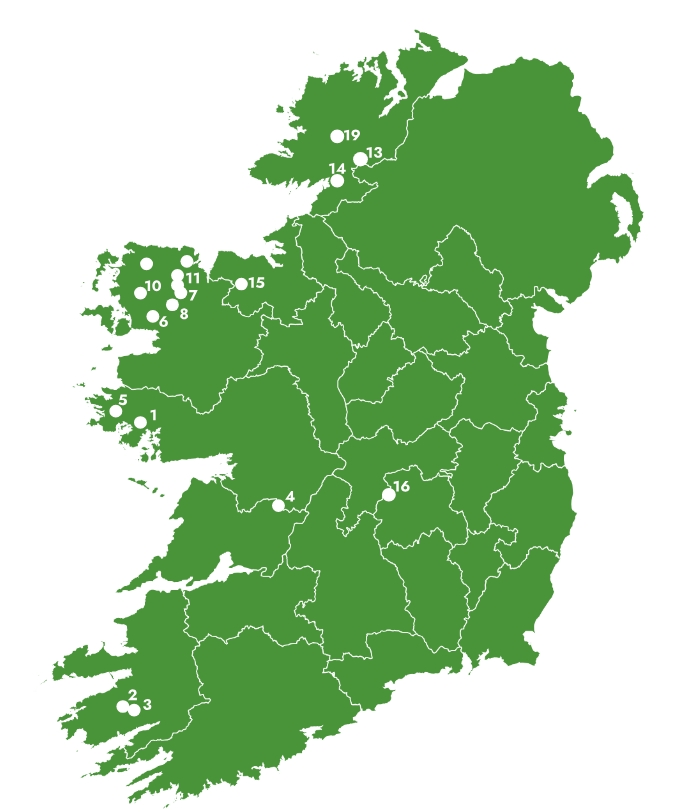
Why is Bog Restoration Important?
Over the past 40 years, Ireland’s blanket boglands have undergone significant changes due to human activities. Afforestation, grazing, and other land uses have contributed to habitat degradation and these areas drying out. The primary aim of bog restoration projects is to restore and reverse the degradation of the blanket bog.
It is important that we conserve and encourage the rewilding of our native bogs to ensure that future generations can reap their significant benefits.
Blanket bog benefits:
- Carbon Capture – Bogs are among the most effective “carbon sinks” on the planet, storing millions of tonnes of greenhouse gases.
- Water Regulation – Bogs are giant water sponges which soak up water in times of flood and gradually release water back into the ecosystem.
- Biodiversity – As we discuss in more detail below, Irish bogland is home to a wealth of unique wildlife that must be protected.
Hazards to Irish bogs:
- Uncontrolled access by sheep on open bog areas, resulting in overgrazing.
- Pesticides and other pollutants can damage sensitive flora and fauna of Irish blanket bogs.
- Forestry-related activities, including drainage, that have reduced the extent of active blanket bog habitat.
Excessive peat extraction can lead to habitat destruction.
Blanket Bogs and Raised Bogs
Ireland is home to two main types of bogs: blanket bogs and raised bogs. While these bog types share many characteristics, they differ significantly in their distribution, formation, structure, and vegetation.
Blanket bogs are primarily found in the western half of the country and in mountainous regions further east, where annual rainfall exceeds 1,200 mm. Blanket bogs tend to cover larger areas, forming a continuous layer across flat or gently undulating landscapes.
Raised bogs are mostly located in the midlands, where rainfall is typically below 1,200 mm per year. They generally develop from lake basins and are often surrounded by agricultural grasslands.
Blanket bogs tend to cover larger areas, forming a continuous layer across flat or gently undulating landscapes.
Another notable difference between them is peat depth. Raised bogs have deeper peat layers, usually ranging from 4 to 8 metres, while blanket bogs have shallower peat, typically between 2 and 5 metres.
Blanket Bogs Flora and Fauna
Blanket bogs are essential for biodiversity, providing a habitat for a variety of plant and animal species that are specially adapted to thrive in the harsh, wet, and nutrient-poor conditions found there. This section highlights and illustrates several of the unique species found in Ireland’s blanket bogs.
Flora (Plant Life)
Black Bog Rush (Schoenus nigricans)
Black bog rush is a common plant in the lowland blanket bogs of western Ireland, easily recognizable by its distinct black tufts at the ends of its stems. While it thrives in the nutrient-poor blanket bogs of Ireland, in the rest of Europe it is primarily found in mineral-rich fens. The reason for this unusual distribution is unclear, though it may be influenced by mineral deposition from sea spray during onshore gales along Ireland’s west coast.

Bog-Cottons (Eriophorum spp.)
In early summer, bog-cotton is one of the most iconic sights on the bog, its cottony tufts swaying in the breeze. These fluffy tufts are attached to seeds and help with seed dispersal. The most common species is many-flowered bog cotton (Eriophorum angustifolium), especially prominent in areas recently cut for peat. Other species in Ireland include hare’s tail bog-cotton (Eriophorum vaginatum), broad-leaved bog-cotton (Eriophorum latifolium), and the slender bog-cotton (Eriophorum gracile), which is legally protected.

Cross-Leaved Heath (Erica tetralix)
This pink-flowered heather is typically found in wetter areas of blanket bogs. It gets its name from the arrangement of its leaves, which grow in whorls of four on the stems. Cross-leaved heath is common in both blanket and raised bogs.
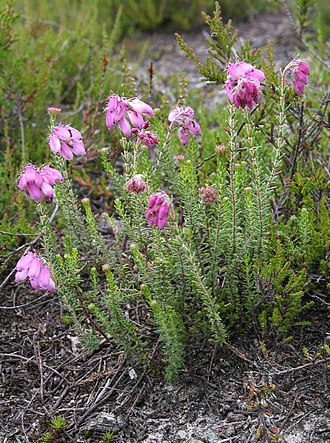
Pipewort (Eriocaulon aquaticum)
Pipewort is a distinctive plant often described as resembling knitting needles. It grows along the stony or peaty edges of lakes in lowland blanket bogs. In Europe, pipewort is restricted to blanket bog lakes along the west coast of Ireland and a few lakes in western Scotland, although it is more common in North American lakes.

Sundews (Drosera spp.)
Sundews are the most common insectivorous plants in blanket bogs. These plants trap insects on sticky pads on their leaves and secrete an enzyme to break down the insects into nutrients that can be absorbed. This adaptation helps sundews survive in the nutrient-poor conditions of bogs. In Ireland, there are three species of sundew: the round-leaved sundew (Drosera rotundifolia), oblong-leaved sundew (Drosera intermedia), and long-leaved sundew (Drosera anglica). The round-leaved sundew is the most common and can even grow in relatively dry areas of the bog.
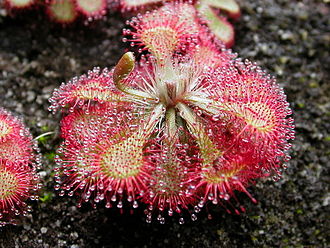
Sphagnum Moss (Sphagnum spp.)
Sphagnum moss is one of the most crucial plants in bog ecosystems. It has exceptional absorbent properties, being able to retain many times its weight in water, which helps maintain the wet conditions of the bog. This moss was also gathered extensively in Ireland during World War I for use as a wound dressing. Additionally, sphagnum moss acidifies the bog environment by absorbing nutrients and releasing hydrogen ions, which further slows down decomposition. There are around 24 species of sphagnum moss in Ireland.

Fauna (Animal life)
Bog Spider (Dolomedes fimbriatus)
The bog spider is relatively common in blanket bogs and is typically found near bog pools. It is a large spider with distinctive yellow or white bands along its brown body. The bog spider hunts by waiting at the edges of pools, feeling for vibrations on the water’s surface. When an insect lands, it quickly darts out to catch its prey.
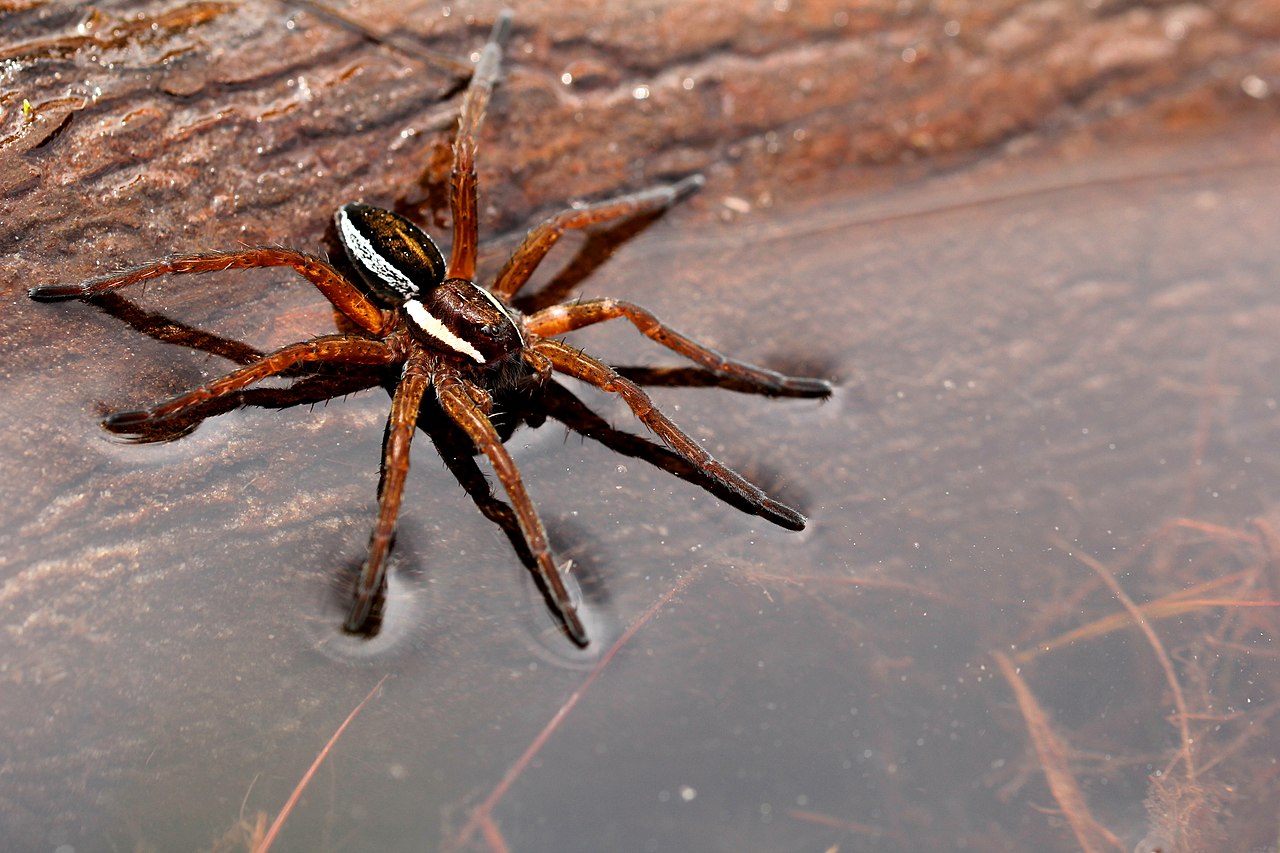
Dragonflies
Dragonflies are some of the most spectacular inhabitants of bogland. They begin their life cycle in an aquatic nymph stage, feeding on various small animals in bog pools. After several years, they transform into the striking adult dragonflies, but they live for only a few months. Dragonflies are particularly abundant in areas of cutover blanket bog, where there are large expanses of open water that are ideal for completing their life cycle. At least 12 species of dragonfly are known to inhabit Irish bogs.
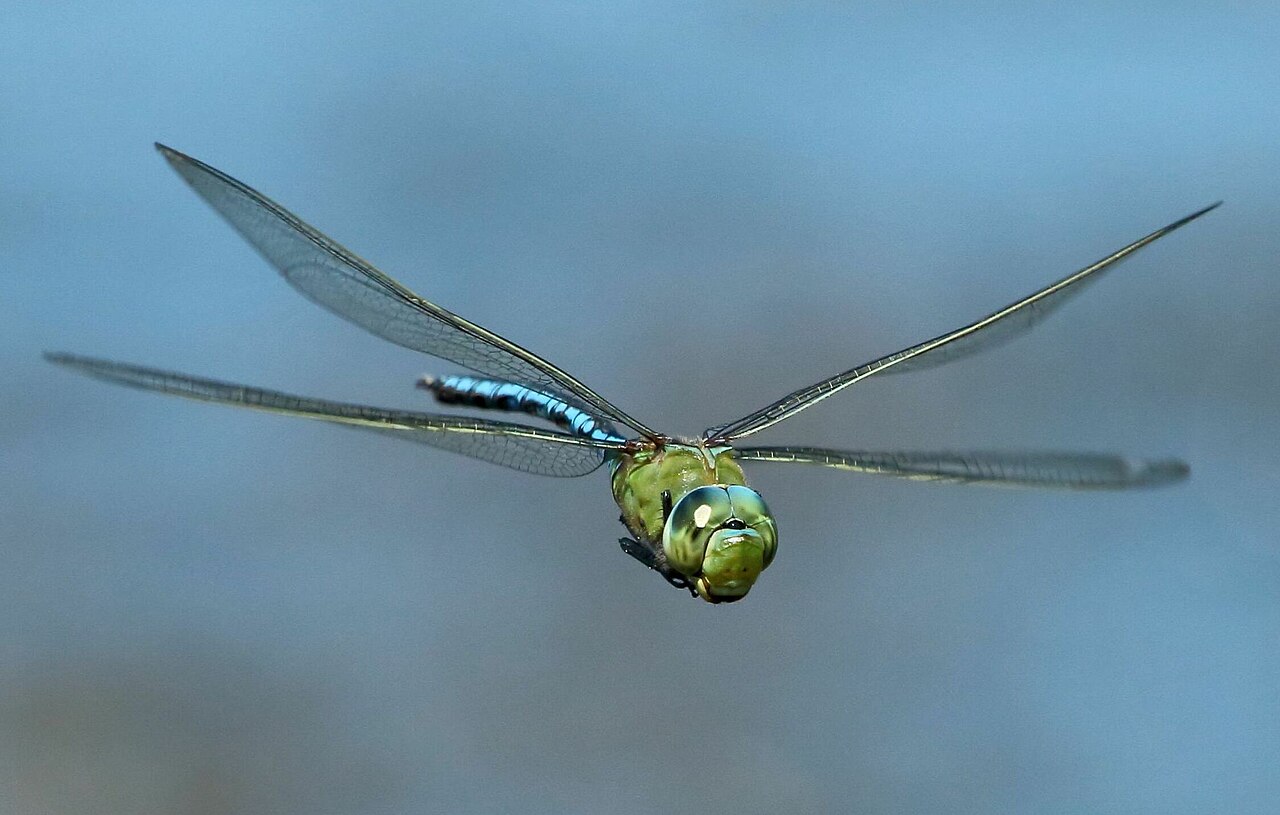
Otter (Lutra lutra)
Otters are widespread throughout Ireland, but the lakes and rivers associated with blanket bogs are among their favoured habitats. They feed mainly on fish from these water bodies, and their droppings, or “spraints,” are often seen along water margins. Ireland is considered to have one of the healthiest otter populations in Europe, and the species is legally protected.
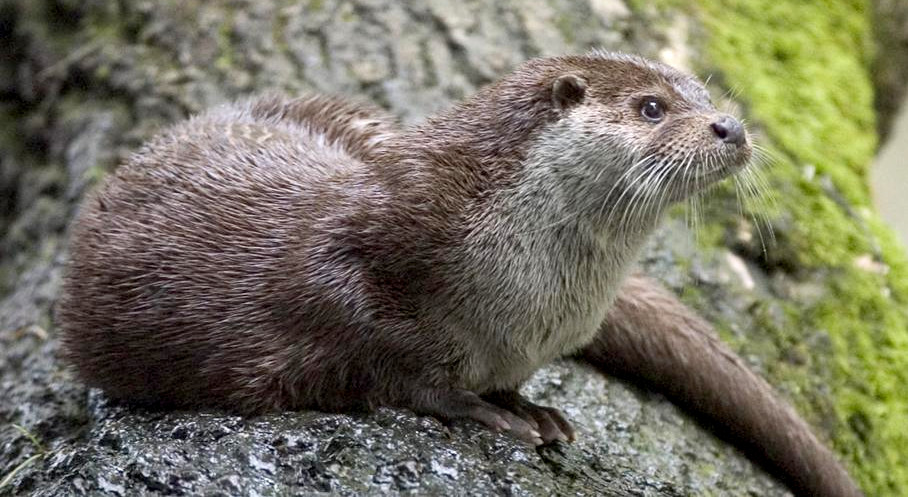
Hen Harrier (Circus cyaneus)
The hen harrier is a large bird of prey that primarily lives in upland blanket bog areas. The males are notable for their striking blue-grey plumage with black wing tips. Hen harriers tend to be found in blanket bogs that have some nearby coniferous forestry, particularly young developing forests. Over the past few decades, the population of hen harriers has experienced significant fluctuations, largely due to habitat changes.

Project Review
Ireland’s active blanket bogs are crucial to the survival of many spectacular native species of flora and fauna as they provide a habitat that is suitable for them to thrive in. Ireland’s peatlands are not only areas of natural beauty, they are also vital for the environment, as they store huge amounts of carbon.
Thanks to this bog restoration initiative and the dedicated members of environmental conservation teams across the country, our blanket bogs will be here for many generations to come.
The Importance of Blanket Bog Restoration in Ireland
Published: October 3, 2024
Last updated: October 8, 2025

Written by: Michael Malone
Reading time: 6mins
With environmental issues becoming increasingly important, attempts are being made to return Irish bogs to their natural state, with conservation initiatives like the Active Blanket Bog Restoration Project. Preservation efforts such as this are among the most important environmental initiatives, as blanket bogs act as vital storage containers for large amounts of carbon.
The West of Ireland is home to some of the largest intact areas of active blanket bog in all of Europe. Blanket bogs are wild areas formed of peat soils, which formed over thousands of years partly from the decomposed remains of plants. ‘Active’ refers to a blanket bog that is still peat-forming or still growing. Among the last intact active bogs in Europe is Owenduff bog in Co. Mayo, part of the Wild Nephin National Park.
Efforts have been made to make more use of blanket bogs in the past. Forestry was seen as something that would boost the local economy in remote areas where blanket bog cover is extensive, and conifer species such as sitka spruce and lodgepole pine were planted in peatland areas. However in some cases, especially on very wet bogs, these efforts to establish commercial forestry failed as the trees did not grow well.

The bog restoration project is funded by the European Union and the semi-state forestry agency, Coillte. It is one of a number of successful projects and programmes aimed at enhancing biodiversity, in addition to policies designed to reduce our reliance on fossil fuels – such as incentives for solar panels in Ireland. There are 4 sites covering 1,212.3 ha in the bog restoration project consisting of unplanted, partially or wholly afforested blanket bog habitat.
Many project sites are located in north Co. Mayo, where the full range of blanket bog types occur from lowland to mountain blanket bog. Most of the bog here also lies within sensitive river catchments, i.e. where water quality is very high. This means that the protection of watercourses is an important consideration. The Active Blanket Bog Restoration Project aims to achieve the restoration of blanket bog at selected sites owned by Coillte.
Restoration Locations
- Cappaghoosh, Co. Galway
- Garrane, MacGillycuddy’s Reeks, Co. Kerry
- Dromalonhurt, MacGillycuddy’s Reeks, Co. Kerry
- Pollagoona, Slieve Aughty, Co. Clare
- Emlaghdauroe, The Twelve Bens, Co. Galway
- Bellaveeny, Nephin Beg, Co. Mayo
- Eskeragh, Crossmolina, Co. Mayo
- Eskeragh, Crossmolina, Co. Mayo
- Owenirragh, Glenamoy, Co. Mayo
- Glencullin Lower, Bangor-Erris, Co. Mayo
- Shanvolahan, Crossmolina, Co. Mayo
- Shanvolahan, Crossmolina, Co. Mayo
- Croaghonagh North, Barnesmore Gap, Co. Donegal
- Carrick Barr, Lough Golagh, Co. Donegal
- Sessuegilroy, Ox Mountains, Co. Sligo
- Slieve Blooms, Co. Laois
- Corravokeen, Co. Mayo, Extension Site
- Derry, Co. Mayo, Extension Site
- Kingarrow, Co. Donegal, Extension Site

Why is Bog Restoration Important?
Over the past 40 years, Ireland’s blanket boglands have undergone significant changes due to human activities. Afforestation, grazing, and other land uses have contributed to habitat degradation and these areas drying out. The primary aim of bog restoration projects is to restore and reverse the degradation of the blanket bog.
It is important that we conserve and encourage the rewilding of our native bogs to ensure that future generations can reap their significant benefits.
Blanket bog benefits:
- Carbon Capture – Bogs are among the most effective “carbon sinks” on the planet, storing millions of tonnes of greenhouse gases.
- Water Regulation – Bogs are giant water sponges which soak up water in times of flood and gradually release water back into the ecosystem.
- Biodiversity – As we discuss in more detail below, Irish bogland is home to a wealth of unique wildlife that must be protected.
Hazards to Irish bogs:
- Uncontrolled access by sheep on open bog areas, resulting in overgrazing.
- Pesticides and other pollutants can damage sensitive flora and fauna of Irish blanket bogs.
- Forestry-related activities, including drainage, that have reduced the extent of active blanket bog habitat.
Excessive peat extraction can lead to habitat destruction.
Blanket Bogs and Raised Bogs
Ireland is home to two main types of bogs: blanket bogs and raised bogs. While these bog types share many characteristics, they differ significantly in their distribution, formation, structure, and vegetation.
Blanket bogs are primarily found in the western half of the country and in mountainous regions further east, where annual rainfall exceeds 1,200 mm. Blanket bogs tend to cover larger areas, forming a continuous layer across flat or gently undulating landscapes.
Raised bogs are mostly located in the midlands, where rainfall is typically below 1,200 mm per year. They generally develop from lake basins and are often surrounded by agricultural grasslands.
Blanket bogs tend to cover larger areas, forming a continuous layer across flat or gently undulating landscapes.
Another notable difference between them is peat depth. Raised bogs have deeper peat layers, usually ranging from 4 to 8 metres, while blanket bogs have shallower peat, typically between 2 and 5 metres.
Blanket Bogs Flora and Fauna
Blanket bogs are essential for biodiversity, providing a habitat for a variety of plant and animal species that are specially adapted to thrive in the harsh, wet, and nutrient-poor conditions found there. This section highlights and illustrates several of the unique species found in Ireland’s blanket bogs.
Flora (Plant Life)
Black Bog Rush (Schoenus nigricans)
Black bog rush is a common plant in the lowland blanket bogs of western Ireland, easily recognizable by its distinct black tufts at the ends of its stems. While it thrives in the nutrient-poor blanket bogs of Ireland, in the rest of Europe it is primarily found in mineral-rich fens. The reason for this unusual distribution is unclear, though it may be influenced by mineral deposition from sea spray during onshore gales along Ireland’s west coast.

Bog-Cottons (Eriophorum spp.)
In early summer, bog-cotton is one of the most iconic sights on the bog, its cottony tufts swaying in the breeze. These fluffy tufts are attached to seeds and help with seed dispersal. The most common species is many-flowered bog cotton (Eriophorum angustifolium), especially prominent in areas recently cut for peat. Other species in Ireland include hare’s tail bog-cotton (Eriophorum vaginatum), broad-leaved bog-cotton (Eriophorum latifolium), and the slender bog-cotton (Eriophorum gracile), which is legally protected.

Cross-Leaved Heath (Erica tetralix)
This pink-flowered heather is typically found in wetter areas of blanket bogs. It gets its name from the arrangement of its leaves, which grow in whorls of four on the stems. Cross-leaved heath is common in both blanket and raised bogs.

Pipewort (Eriocaulon aquaticum)
Pipewort is a distinctive plant often described as resembling knitting needles. It grows along the stony or peaty edges of lakes in lowland blanket bogs. In Europe, pipewort is restricted to blanket bog lakes along the west coast of Ireland and a few lakes in western Scotland, although it is more common in North American lakes.

Sundews (Drosera spp.)
Sundews are the most common insectivorous plants in blanket bogs. These plants trap insects on sticky pads on their leaves and secrete an enzyme to break down the insects into nutrients that can be absorbed. This adaptation helps sundews survive in the nutrient-poor conditions of bogs. In Ireland, there are three species of sundew: the round-leaved sundew (Drosera rotundifolia), oblong-leaved sundew (Drosera intermedia), and long-leaved sundew (Drosera anglica). The round-leaved sundew is the most common and can even grow in relatively dry areas of the bog.

Sphagnum Moss (Sphagnum spp.)
Sphagnum moss is one of the most crucial plants in bog ecosystems. It has exceptional absorbent properties, being able to retain many times its weight in water, which helps maintain the wet conditions of the bog. This moss was also gathered extensively in Ireland during World War I for use as a wound dressing. Additionally, sphagnum moss acidifies the bog environment by absorbing nutrients and releasing hydrogen ions, which further slows down decomposition. There are around 24 species of sphagnum moss in Ireland.

Fauna (Animal life)
Bog Spider (Dolomedes fimbriatus)
The bog spider is relatively common in blanket bogs and is typically found near bog pools. It is a large spider with distinctive yellow or white bands along its brown body. The bog spider hunts by waiting at the edges of pools, feeling for vibrations on the water’s surface. When an insect lands, it quickly darts out to catch its prey.

Dragonflies
Dragonflies are some of the most spectacular inhabitants of bogland. They begin their life cycle in an aquatic nymph stage, feeding on various small animals in bog pools. After several years, they transform into the striking adult dragonflies, but they live for only a few months. Dragonflies are particularly abundant in areas of cutover blanket bog, where there are large expanses of open water that are ideal for completing their life cycle. At least 12 species of dragonfly are known to inhabit Irish bogs.

Otter (Lutra lutra)
Otters are widespread throughout Ireland, but the lakes and rivers associated with blanket bogs are among their favoured habitats. They feed mainly on fish from these water bodies, and their droppings, or “spraints,” are often seen along water margins. Ireland is considered to have one of the healthiest otter populations in Europe, and the species is legally protected.

Hen Harrier (Circus cyaneus)
The hen harrier is a large bird of prey that primarily lives in upland blanket bog areas. The males are notable for their striking blue-grey plumage with black wing tips. Hen harriers tend to be found in blanket bogs that have some nearby coniferous forestry, particularly young developing forests. Over the past few decades, the population of hen harriers has experienced significant fluctuations, largely due to habitat changes.

Project Review
Ireland’s active blanket bogs are crucial to the survival of many spectacular native species of flora and fauna as they provide a habitat that is suitable for them to thrive in. Ireland’s peatlands are not only areas of natural beauty, they are also vital for the environment, as they store huge amounts of carbon.
Thanks to this bog restoration initiative and the dedicated members of environmental conservation teams across the country, our blanket bogs will be here for many generations to come.
Solar Energy Saves Households Thousands in Electricity Costs
Take our 2-minute questionnaire and find affordable solar options to suit your budget and lifestyle.



